
SHILLONG, JUNE 11: Five children in Shillong have been detected with trachoma disease during a survey conducted by a medical team on Wednesday in five clusters, mostly slum areas in city.
According to AIIMS, head Community Ophthalmology Prof Praveen Vashist under whom a survey is being conducted in the city the children detected with the disease are from areas that includes Bara Bazaar, Goraline, and Sweeper lane.
Shillong, Meghalaya is one amongst the twenty-four districts where the National Trachoma Survey is currently being conducted to find out the prevalence and magnitude of trachoma disease in the country even as preliminary reports have suggested the disease is almost being ‘eliminated’.
Trachoma is the leading cause of infectious blindness globally. It usually affects the most socio-economically disadvantaged regions of the world.
According to recent estimates, trachoma is endemic in 57 countries of the world and India is one of the five countries accounting for nearly half of the global burden of active trachoma.
A team of Optometrists and Professionals deputed by the apex institute for eye care in the country, Dr Rajendra Prasad Centre for Ophthalmic Sciences, AIIMS, Delhi, are conducting the rapid assessment on trachoma in as many as 10 clusters in Shillong, which mostly are ‘slums’.
“This is the first time that this kind of survey is done in this area and we found that this disease is almost not there,” Prof Vashist told newsmen on Thursday.
In Shillong, he said, “We are selecting those areas where the chances of having trachoma are maximum. Trachoma is commonly seen in those areas which are poor where the socio-economic conditions are bad, unhygienic condition, and overcrowding.”
“The disease is usually spread by the flies from one person to the other and plus if there is lack of water and face is unclean it is observed that the chance of having trachoma is higher,” he said.
He said in each cluster, the team have examine 50 children in the age group of 1 to 9 years and also adults in those household.”
Stating there is no one found with blindness due to trachoma in Shillong, Prof Vashist said, “At least blindness is totally not there. Overall the burden of trachoma is very less and we may say it is almost eliminated.”
When asked, he said, “More than 2000 people are examined under this survey. In each district, we covered 10 clusters and minimum 500 children are examined and in those clusters around 1500 adults are also examined.”
In 2006, a national survey on trachoma was conducted in the previously hyper-endemic states of Punjab, Haryana, Rajasthan, Gujarat, Uttarakhand and Western UP. It was reported that 5.8% of children aged 1–9 years demonstrated clinical signs of active trachoma, while the magnitude of trichiasis was very low (0.15%). Hence it was inferred that trachoma has ceased to be a public health problem in India.
“We have a target that the trachoma disease should be eliminated by the year 2020,” he said adding “It’s a WHO target and India is signatory for that. This survey is conducted to assess the status of disease in the country and different places and if any positive case, treatment is to be provided immediately.”
He informed that the detail report of the survey will be submitted to Government of India adding preliminary reports says yes the disease is almost eliminated from those areas covered which are 19 districts out of 24.
Meanwhile, a National Blindness Survey will also be conducted all over the country. “The Government of India has appointed me as Principal Investigator for this survey in 30 different districts of all the states across the country,” he said while adding this is a comprehensive survey which will take around one month of studies.- By Our Reporter

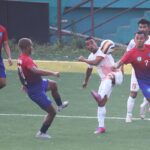



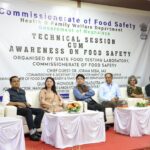

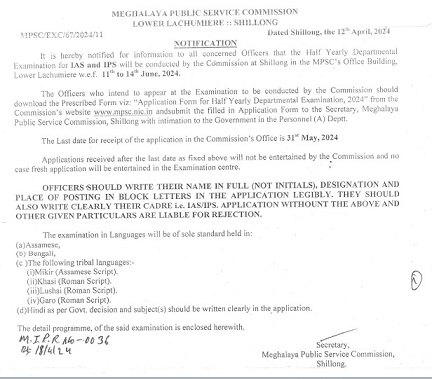

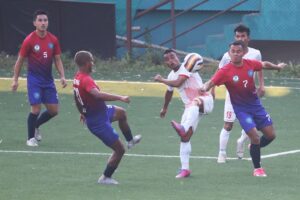


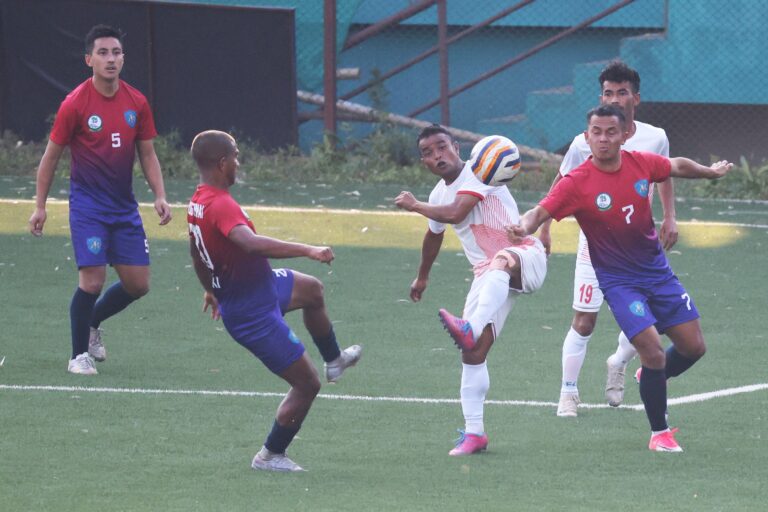

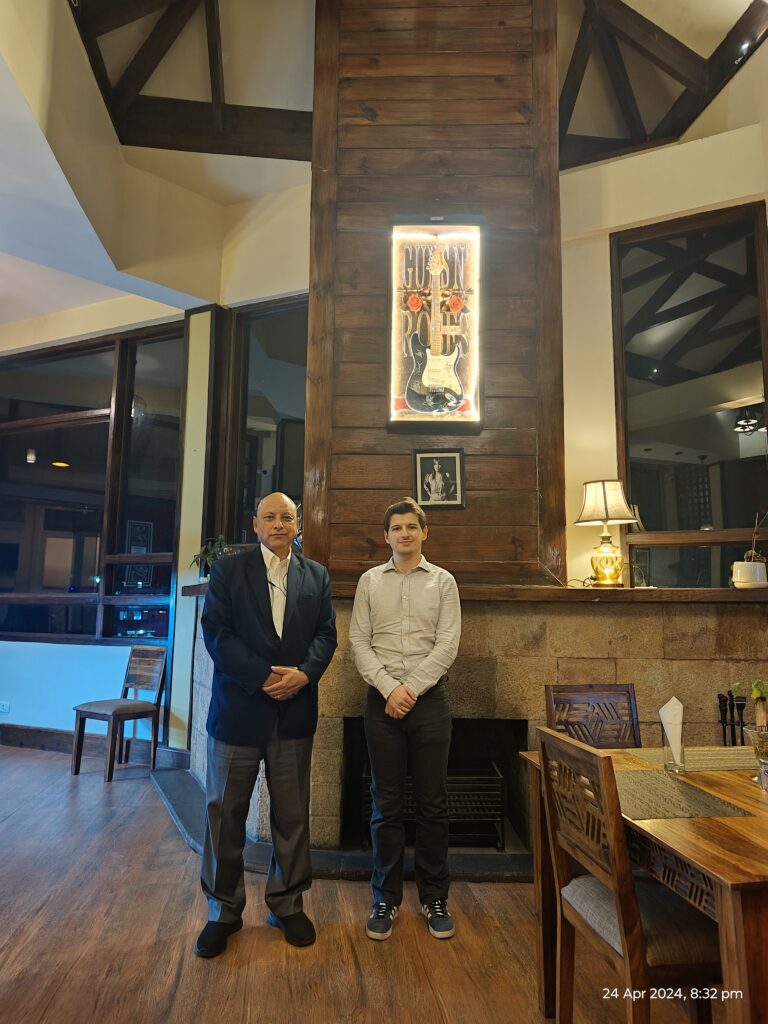
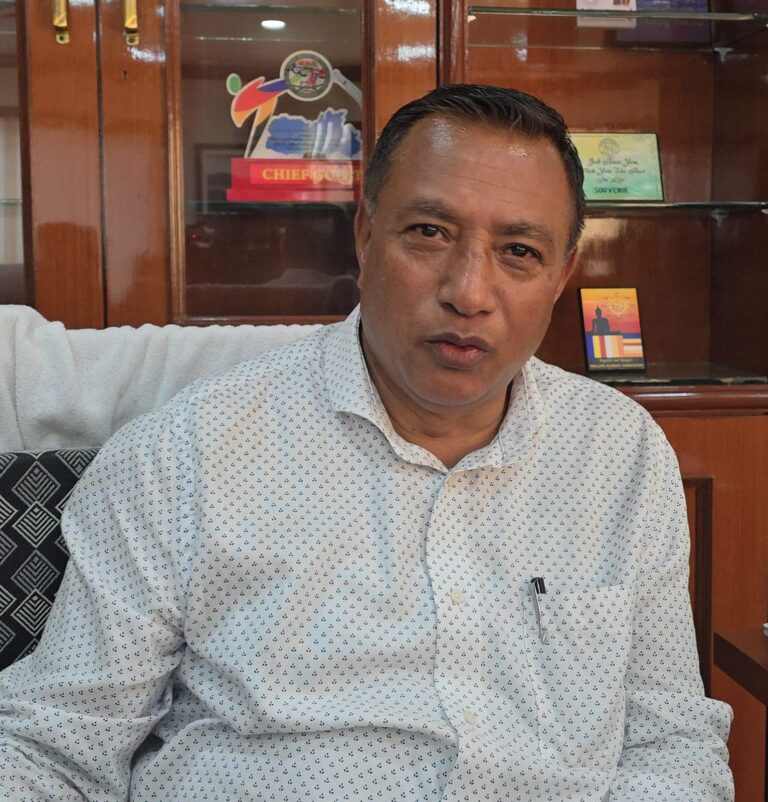
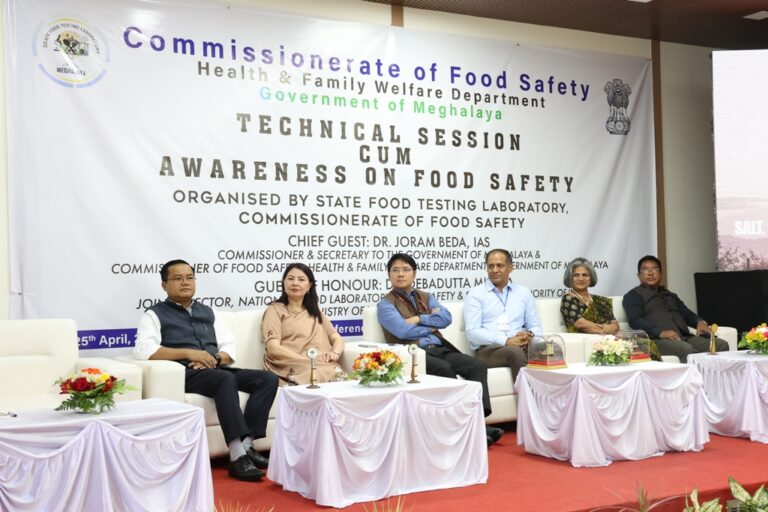
+ There are no comments
Add yours